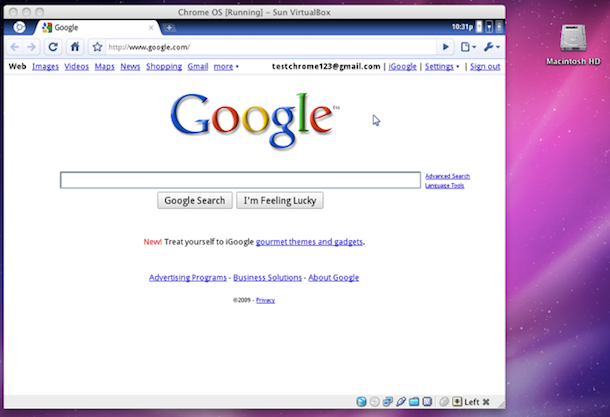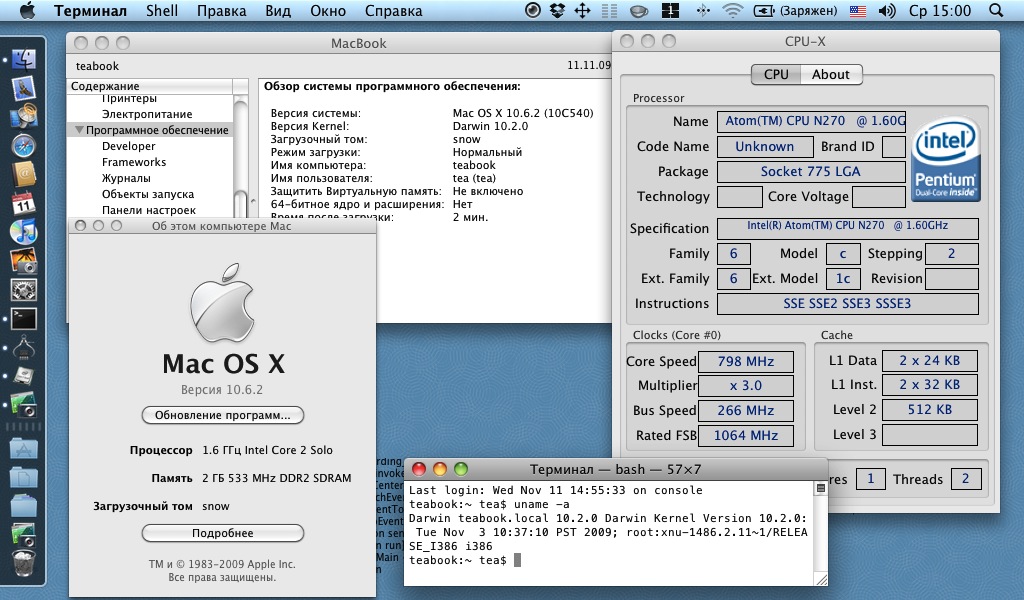No, this post does not promise to put an end to all your hackintoshing woes caused by kernel panics but suggests what can constitute a logical way to start troubleshooting your OSx86 system gone berserk.
1) Boot in verbose mode - as if this bit hasn't been the subject of many a noob inquiry, let's explain how does one "boot in verbose mode" exactly?
 You have a bootloader with which you boot into your hackintosh Leopard/Snow Leopard. It can be PC EFI or Chameleon, or Boot Think, or whatever other bootloader iteration you've got. Even if you installed using a custom distro like iDeneb or iAtkos or iPC, etc. and hence cannot remember "installing or configuring any d@mn bootloader" on your machine, you still have a bootloader.
You have a bootloader with which you boot into your hackintosh Leopard/Snow Leopard. It can be PC EFI or Chameleon, or Boot Think, or whatever other bootloader iteration you've got. Even if you installed using a custom distro like iDeneb or iAtkos or iPC, etc. and hence cannot remember "installing or configuring any d@mn bootloader" on your machine, you still have a bootloader.The main point? Know that you can interrupt the bootloader before it, well, loads Mac OS X, by pressing any key on your keyboard before the countdown (set by default to 5) is over. And then, depending on whether you have graphical bootloader enabled or just plain text, (a) you use left and right arrow keys to choose which partition to boot (in case of multiple bootable partitions) and up and down keys to choose "verbose mode" or (b) you type "-v" at the "boot:" prompt. And press Enter.
2) Take note of what it says - of course you're not supposed to do an impromptu deciphering of cryptic lines like "MAC Framework successfully initialized using 10485 buffer". This is when the most important hackintosh technique comes in: Patient and intelligent researching. Alright, that was admittedly, putting uncalled for fanfare so "Patient and intelligent googling" then - we didn't drop the word "intelligent"; if you hardly think what you're googling is logical in relation to the issue you're trying to solve, endeavor to be intelligent by being open to bits and pieces of information that fall you way as you research, or google, rather. They're bound to be relevant in your OSx86 life at some point or another.
If things are still awry, try booting with "ignore caches" option or "-x" flag.
Finally, you'd intelligently surmise again that you will be taking care of those problematic kexts or config files, like an incomptable dsdt.aml file (whoever promised that an HP Mini 311 dsdt.aml will play 100% well with your 1000 anyway?) while you're logged into your user account. The goal is make your machine able to boot into OSx86 by itself like it used to in the golden days. And for the love of goodness, you'd take at least a mental note of those kexts which cause your OSx86 installation to misbehave. Responsible hackintoshing.
In my case, I still get kernel panics from time to time, even when I didn't do any tinkering with my boot files or kexts. 95% percent of the time, booting in verbose mode sufficed - I am transported to my OSx86 desktop without any problem and the origin of that random "kink" is forever chucked out into obscurity; that is until, perhaps, I dig inside Console.
I find myself unable to complain about kernel panics. Eeven real Macs experience them once in a while.

















.jpg)



